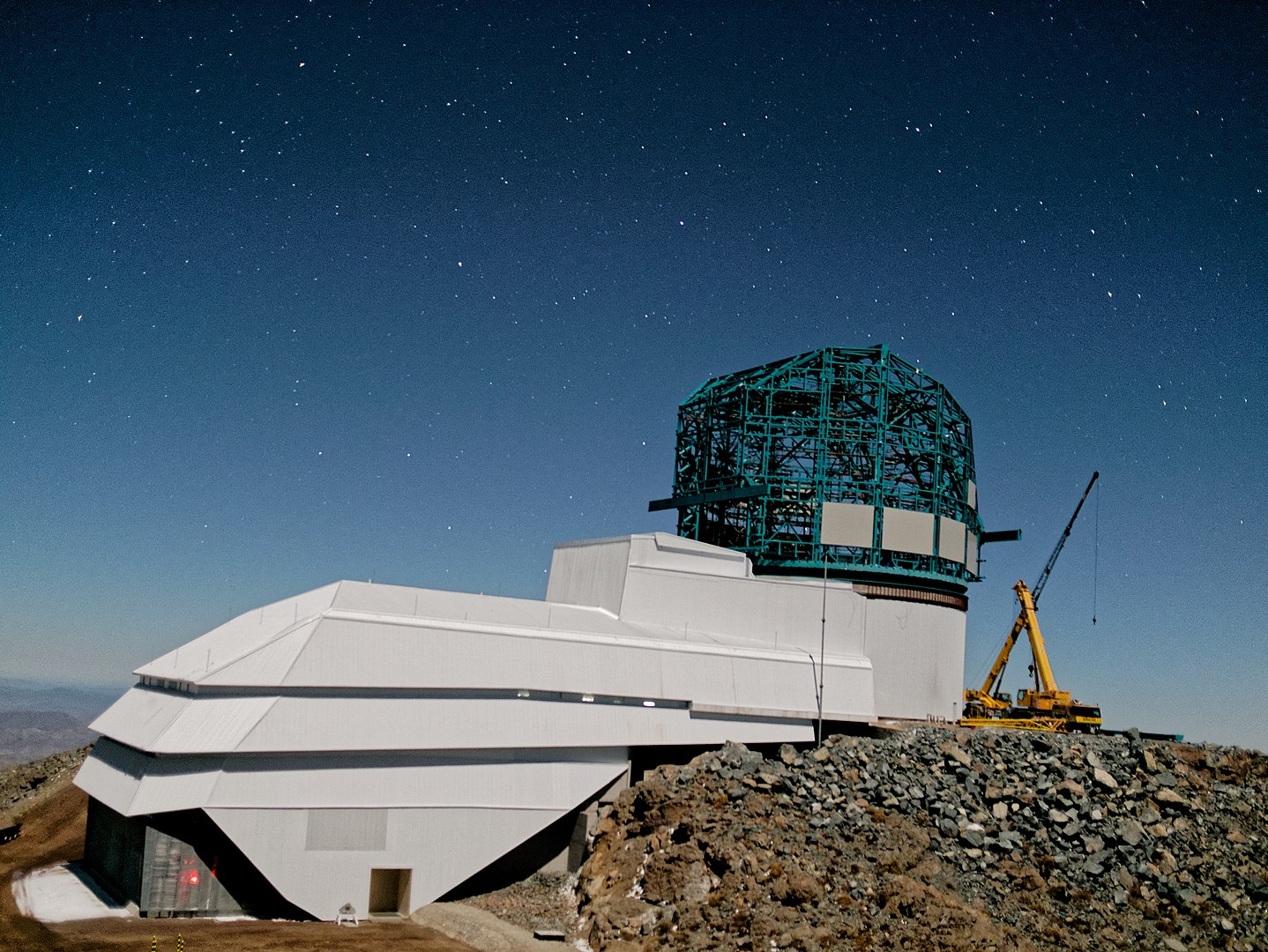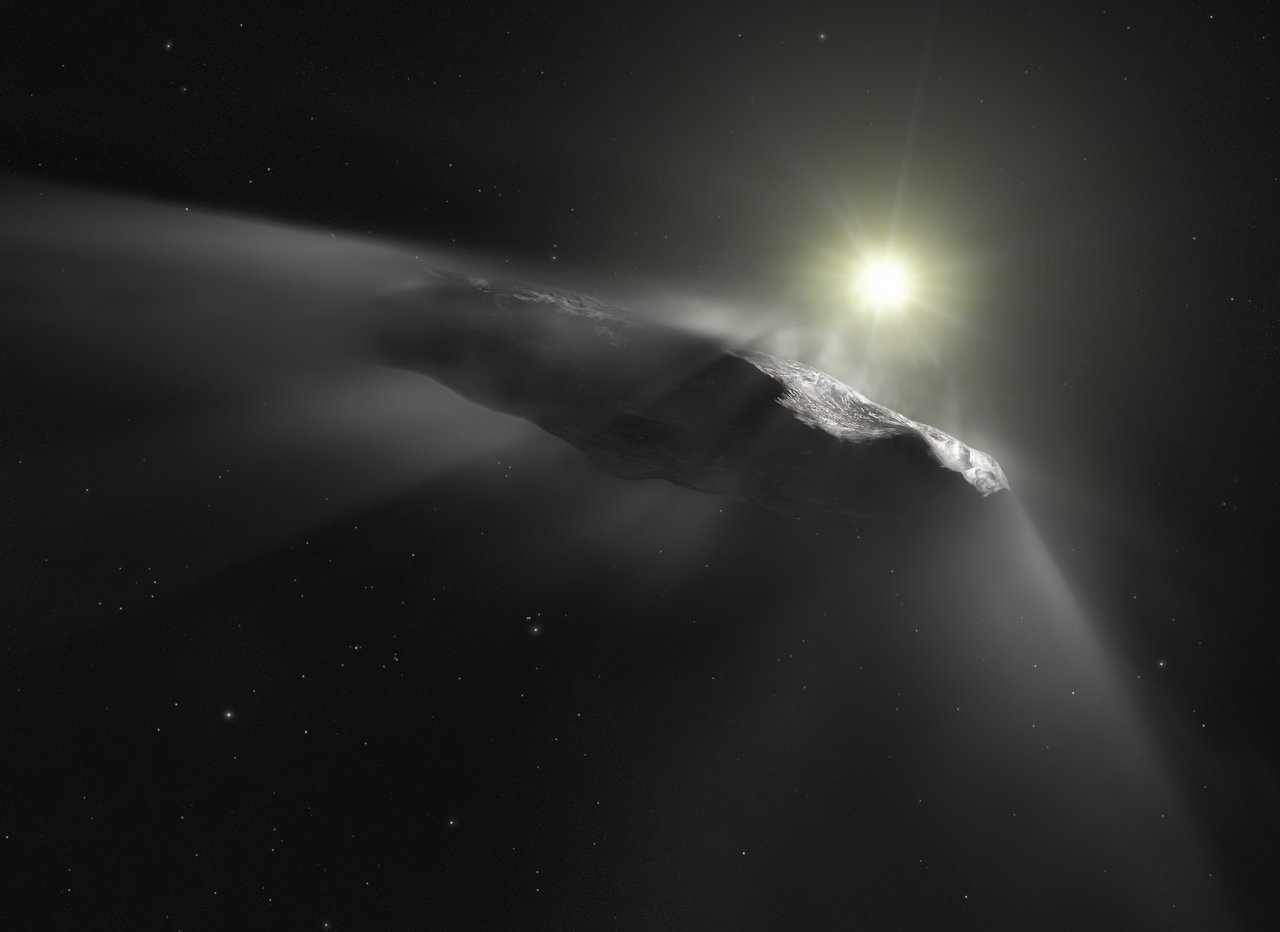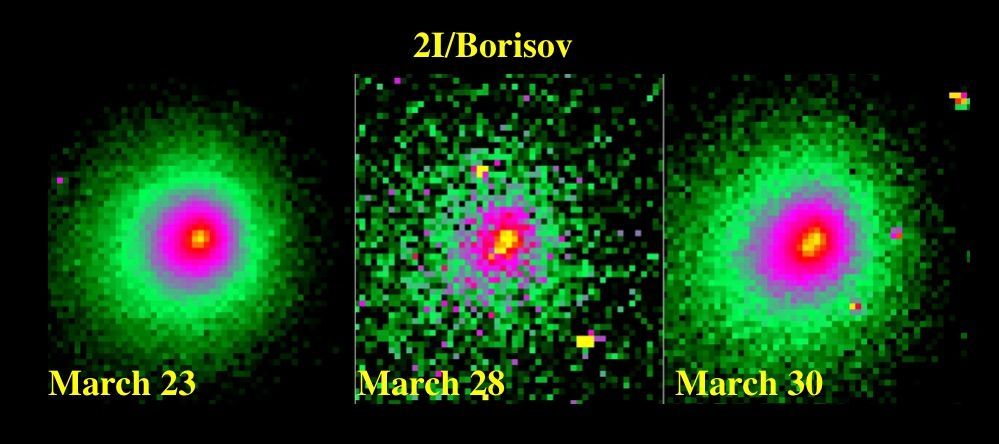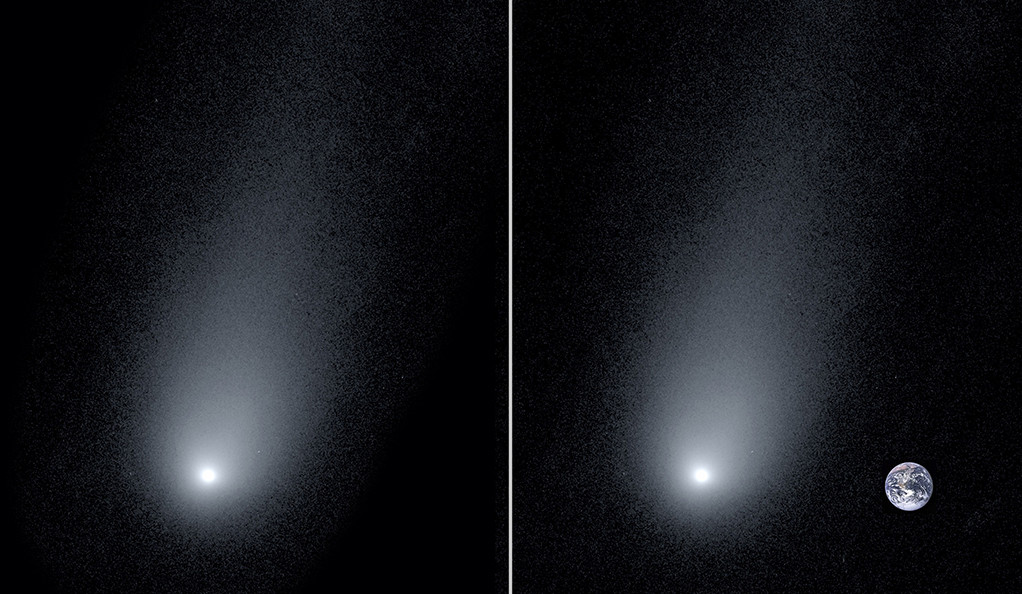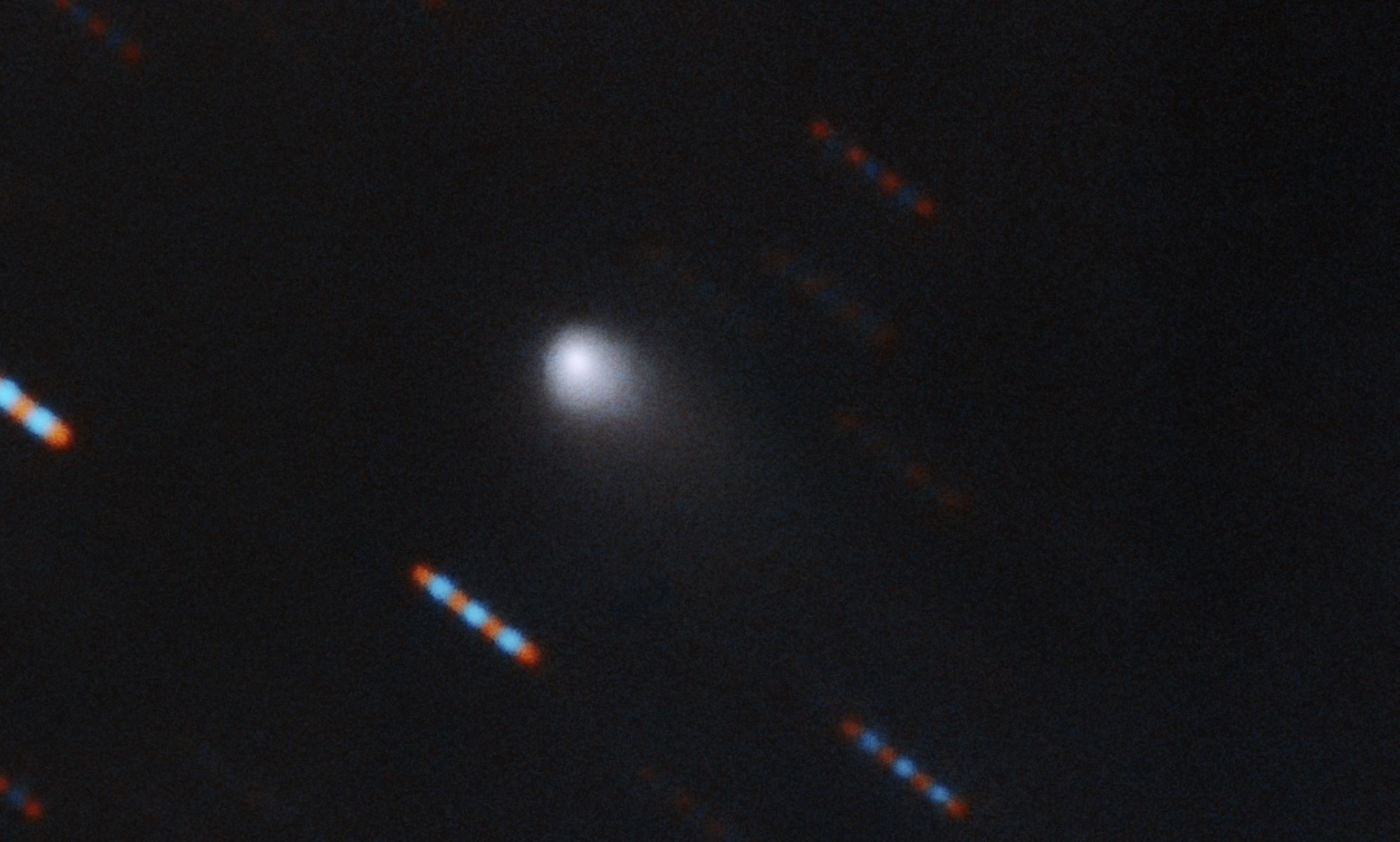The Vera C. Rubin Observatory, formerly the Large Synoptic Survey Telescope (LSST), will commence operations sometime next year. Not wanting to let a perfectly good acronym go to waste, its first campaign will be known as the Legacy Survey of Space and Time (LSST). This ten-year survey will study everything from dark matter and dark energy to the formation of the Milky Way, and small objects in our Solar System.
According to a new study by Amir Siraj and Prof. Abraham Loeb of Harvard University, another benefit of this survey will be the discovery of interstellar objects that regularly enter the Solar Systems. These results, when combined with physical characterizations of the objects, will teach us a great deal about the origin and nature of planetary systems (and could even help us spot an alien probe or two!)
Continue reading “Vera Rubin Should be Able to Detect a Couple of Interstellar Objects a Month”
